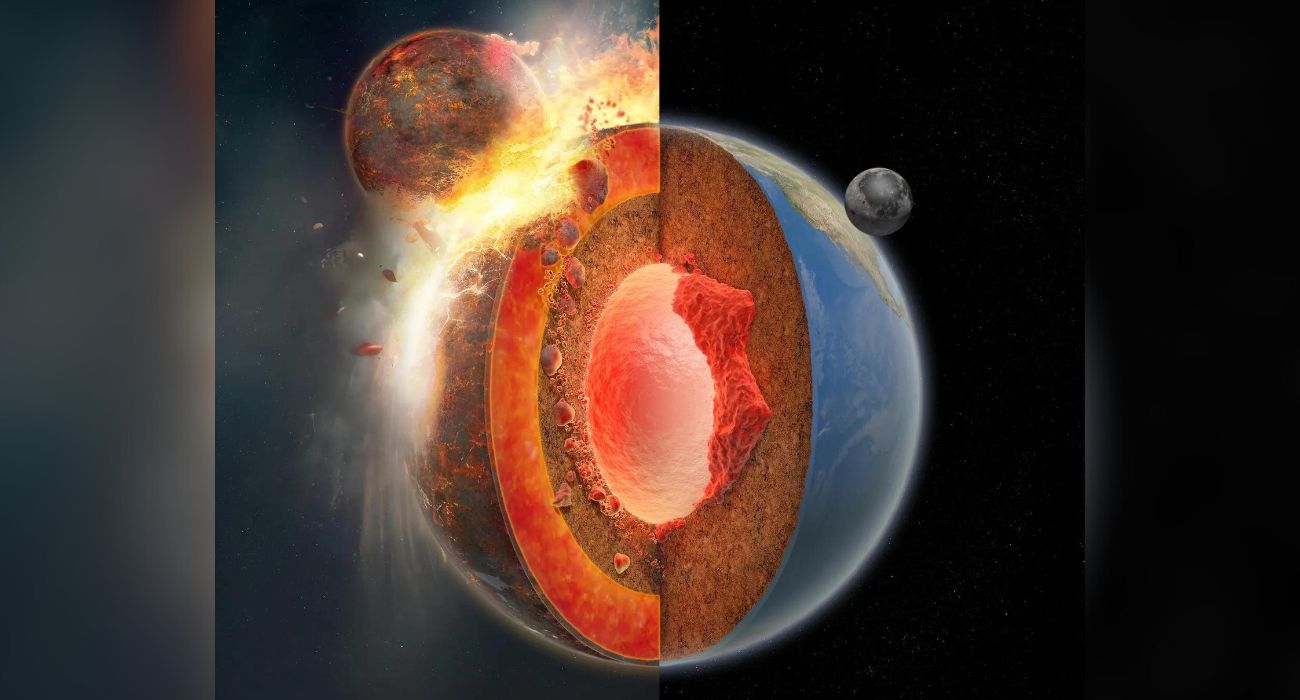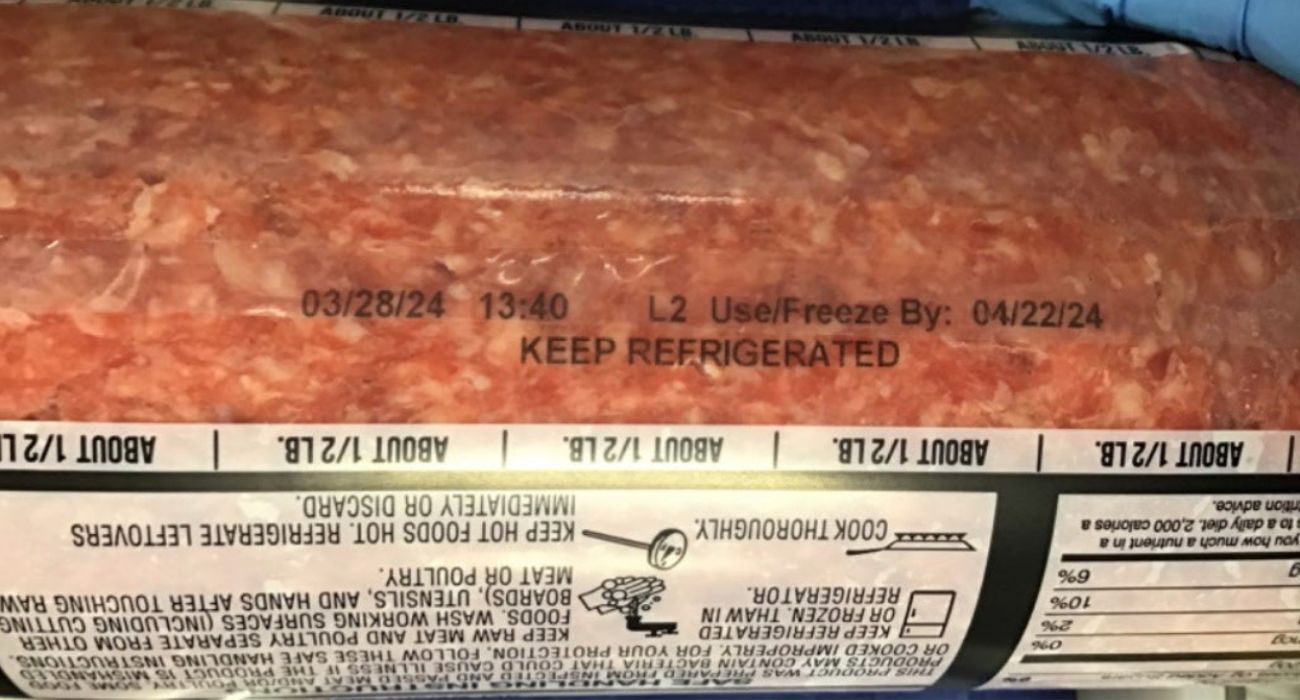Researchers believe they have found fragments of an early protoplanet deep inside the Earth’s core and mantle.
These continent-sized fragments are theorized to have come from the same celestial body that helped form the moon millions of years ago.
Scientists have long theorized that the moon was formed millions of years ago when a Mars-sized protoplanet named Theia collided with the newly formed Earth. A new study recently found that the moon may in fact be millions of years older than previously suspected based on samples collected during Apollo 17, as previously reported by The Dallas Express.
Researchers now believe that despite the millions of years of passage, pieces of Theia remain and that they can be found deep below the Earth’s surface.
Research published on November 1 in Nature details a study in which scientists analyzed seismic waves to discover large dense masses known as large low-velocity provinces (LLVP) beneath Africa and the Pacific Ocean. While some scientists theorize that the masses are simply remnants of Earth’s own tectonic plates, these researchers posit that the structures are the remains of Theia.
“We find that TMM [Theia mantle material] is intrinsically 2.0–3.5% denser than proto-Earth’s mantle based on models of Theia’s mantle and the observed higher FeO [iron] content of the Moon,” they wrote.
“Our mantle convection models show that dense TMM blobs with a size of tens of kilometres after the impact can later sink and accumulate into LLVP-like thermochemical piles atop Earth’s core and survive to the present day,” the study continues. “The LLVPs may, thus, be a natural consequence of the Moon-forming giant impact.”
Scientists had also conducted simulations using a supercomputer of an impact between Earth and another celestial body about a tenth of its size, modeling both with iron cores and rocky mantles. These simulations suggest that after colliding with the Earth, a large part of Theia’s core would have survived the impact and would likely have sunk to merge with Earth’s core, while a large portion of Theia’s mantle would have survived and sunken into the Earth’s mantle at a depth of about 1,400 kilometers (about 870 miles).
While the findings are significant, they are not conclusive.
“Our study cannot exclude other reasons,” said Qian Yuan, a postdoctoral researcher at the California Institute of Technology who led the research, reported The New York Times.






